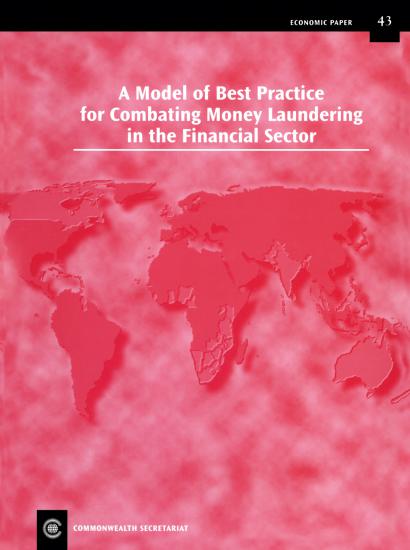A Model of Best Practice for Combating Money Laundering in the Financial Sector
Synopsis
Internet financial services is a rapidly changing field. The new technologies available to facilitate criminal activities make it imperative that more sophisticated means of combating money laundering are developed. This manual addresses issues such as: the interface with the parallel economy; grand corruption and diverted aid funds; fiscal offences and exchange control violations. It also reviews antimoney laundering developments in the four strategic geographical areas of influence within the Commonwealth – Africa, Australia, the Caribbean and the UK. It examines the developments in international standards since 1996 in various fora, for example the OECD convention on Combating Bribery of Foreign Public Officials and the OECD re unfair tax competition.
Chapters
-
Preface
-
Background and Introduction
-
Money Laundering – the Need for Action and the Benefits to be Obtained
-
Development of International Initiatives and Standards
-
Establishing International and Regional Co-operation
-
Developing National Strategies
-
Criminalising Money Laundering
-
Setting Financial Sector Obligations
-
Processing Reports, Investigation, Prosecution and Confiscation
-
Internal Controls, Policies and Procedures
-
Establishing Know-Your-Customer Procedures
-
Recognition and Reporting of Suspicions
-
Retention of Records
-
Awareness Raising and Training
-
Appendices


